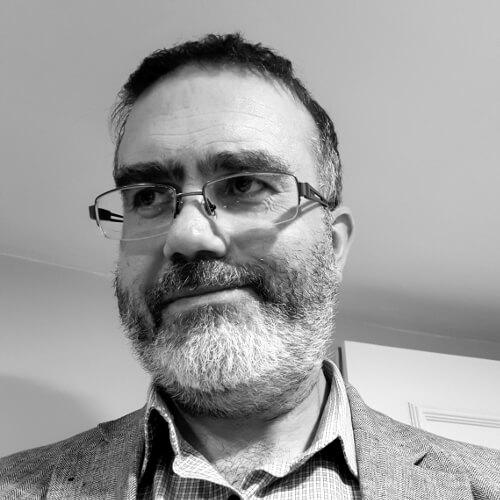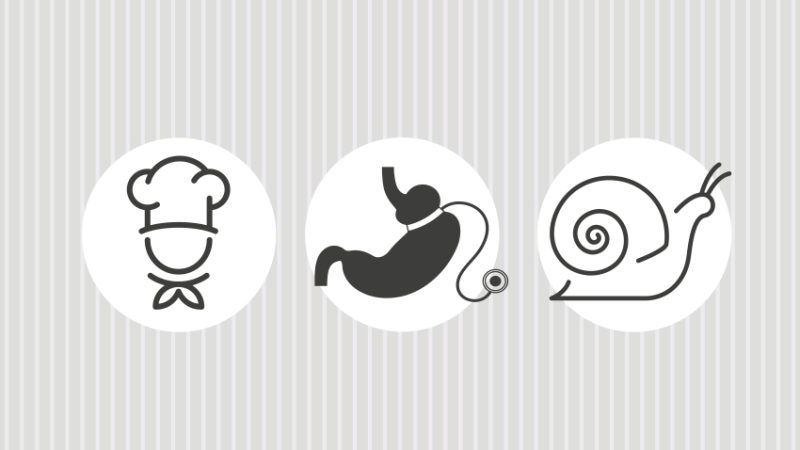“Teaching is an art, not a science”

A move towards evidence-based classroom practice is to be welcomed, says Gareth Sturdy – but it has its limits…

Do you think teaching is an art or a science?
The model of best practice in the classroom is moving away from the so-called child-centred philosophy of discovery learning, towards more ‘evidence-informed’ empirical methods such as retrieval practice, spaced learning and cognitive load theory.
The endorsement of this shift by Ofsted’s new inspection framework cements the change.
Not everybody’s up for the new turn to cognitive science, though.
Some feel it is too much like teaching-by-numbers: a battery-farm model of learning aimed principally at achieving hard, measurable results.
There’s a whirr of the machine about that, goes the critique.
Romantic ideals of learning as discovery, creativity, self-expression and engaging fun are allegedly being squeezed out in favour of laboratory-proofed lessons invented by boffins in white coats delivered by robotic teachers.
Like washing powder and shampoo, this kind of education is said to be scientifically proven to deliver dramatic results.
A grave delusion
I have found reflecting on concepts like dual coding and long-term memory to be very liberating for my classroom practice.
After years of being required to routinely deliver lessons featuring poster-making, groupwork and pupil Powerpoints, despite their obvious inefficacy, I welcome the dethronement of the pupil as the one in charge of the learning.
I celebrate the perspectives that cognitive scientists like Willingham, Coe and Rosenshine have brought to the education debate, because they have enabled a lot of complacent orthodoxies to be rolled back.
Nevertheless, I believe it’s a grave delusion to believe that what happens in the classroom can be truly understood with the precision and accuracy of science.
I’m even more concerned by the growing assumption that there is a science of teaching and learning.
Too many colleagues now seem to rely on research papers to tell them what to do.
Research schools running randomised control trials are popping up all over. The definition of quality in education is being reduced to ‘effect size’.
Artistic enquiry
Teaching isn’t a science, it’s an art. I hear this said a lot now, and more often than not it’s just meant as a reactionary pushback to the scientific ethos currently in vogue.
It can represent an attitude that often wants to negate science.
Indeed, it sometimes seems ‘teaching is an art’ is the warcry of those who reject any kind of systematic approach altogether.
We are certainly in need of an alternative to the idea of a science of teaching, but one that takes aesthetic principles seriously and advances a method of enquiry that is distinct from that of science.
The art of teaching needs to be more than just a cipher for a vague fog of creativity, practicality, craft, feelings and intuition. After all, science involves these things too.
To paraphrase Bertold Brecht, art is not a mirror to merely reflect our own Romantic complacencies, but a hammer with which to shape reality.
If we truly believe that teaching is an art, we should be required to rigorously examine how Paul Gauguin’s and James Joyce’s way of enquiring into the world differs from that of Robert Hooke or Charles Darwin.
We must then ask what that might have to do with teaching Spanish or computing to Year 8.
This is not a reheated version of CP Snow’s ‘two cultures’ debate, it is part of a much older one going back to at least the 19th century, concerning two ways of ordering the world.
Different orders
The order of the science is like modelling the world out of Lego: there are a certain number of regular, well-defined blocks – fundamental concepts – which are repeatedly locked together by the straightforward connecting rules of logic.
An infinite variety of structures can be created, but everything ends up looking blocky and samey and somewhat distant from the world as we actually know it.
The order of the arts, however, is quite different.
To try to explain it I won’t turn, on this occasion, to academic sources but to my own personal experience as someone who is passionate about the arts and the making of art, who also happens to be a teacher of English, science and mathematics.
That’s because where science is founded on objectivity, the arts rest on subjectivity. Knowledge through experience is a definition of the word ‘empirical’ which tends to be forgotten.
In aesthetic order, the divisions between discrete elements are taken as more fuzzy and are always subservient to a greater unity.
The important thing is not so much the individual entity, but the interplay between it and the background or context.
The subject and the object are united, the knower is implicated in the known, in a way that science tries to deny.
The entirety of the greater unity can be apprehended in a single flash of perception. Each element also seems, in some sense, to be imbued with the whole in microcosm.
The vision of the complete structure is that which guides its formation. Teleology and formal causes are therefore important in a way that science rejects.
Creative understanding
Somatic and tacit ways of knowing are as important, if not more so, than propositional or discursive knowledge, and the chief way of generating new knowledge is through metaphor and paradox.
The founding idea of logic, the principle of non-contradiction in which one thing cannot be its opposite or negation, is a limiting boundary for science.
But in the arts, contradiction is a positive mode of knowing and the logical condition is violated all the time. And while logic is the ordering thread in science, narrative is the primary way of structuring aesthetic knowledge.
This is a highly personal account of what constitutes aesthetic order. But I believe that good teaching requires these artistic values, even where mathematics and the hard sciences are involved.
Aside from the actual content and way of structuring knowledge within a school subject, the subject itself must be seen as a work of art as defined by the great Canadian critic Northrop Frye: a coherent, unified, imaginative form that human beings have made out of their experience.
John Berger’s term for a work of art – ‘a way of seeing’ – applies, for me, equally to a curriculum. Any body of knowledge, from a scientific formula to a set of geographical concepts, geometric theorems, language grammar or historical theory, should be thought of in the same terms as one thinks of a great novel, sculpture or painting.
A curriculum is a work of art, however imperfect. The teacher stands before it not as a scientist about to gather data following strict rules of cause and effect. They must, instead, confront their task as a sculptor before the marble, a painter taking up a palette, or a conductor about to awaken music from a score.
Gareth Sturdy teaches mathematics and English to apprentices, co-organises the Academy of Ideas Education Forum and can be found on Twitter at @stickyphysics.
Join the conversation
The Academy of Ideas Forum gathers monthly to discuss trends in educational policy, theory and practice. Find out more at academyofideas.org.uk/forums/education_forum – and add the Christmas social, on Thursday 5 December to your diary; it will be held at the ACCENT London Study Center, and Martin Robinson will be discussing his new book Curriculum: Athena Versus the Machine.











